MASTER DETOX



Science behind detoxification

Master Detox : a unique approach
Week 1 :
Starting your Master Detox program at Clinique La Prairie
Elimination diet
Food plan
Juicing day
Structuration meals
Week 2,3 and 4 : Detox food plan at home
Educational tools :
Therapeutic Food-Plant Oils
Therapeutic Food-Detox Vegetables
Top prebiotic food source list
Toxins from cookware
Mindfulness and pleasure of eating
Personal notes
p.3 p.4 p.7 p.8 p.11 p.15 p.16 p.20 p.23 p.27 p.28 p.30 p.32 p.34
Food-based nutrients have an essential role in the modulation of metabolic pathways involved in detoxification processes. Specific foods may upregulate or favorably balance metabolic pathways to assist with toxin biotransformation (Phase I and Phase II ) and elimination. Foods such as cruciferous vegetables, berries, garlic and even spices like turmeric have an important role in the liver detoxification.
Important nutrients required during phase I detoxification include micronutrients (several vitamins and minerals); glutathione; branched-chain amino acids (leucine, isoleucine, and valine). Phase I detoxification is further enhanced by flavonoids and many phytochemicals found in food.
Specific enzymes produced in the liver perform
the first step of detoxification known as phase I detoxification. These enzymes, called cytochrome p450 enzymes, help detoxify a number of substances, including medications, alcohol, and environmental pollutants. The main role of these liver enzymes is to transform the toxic substances in more water soluble compounds.
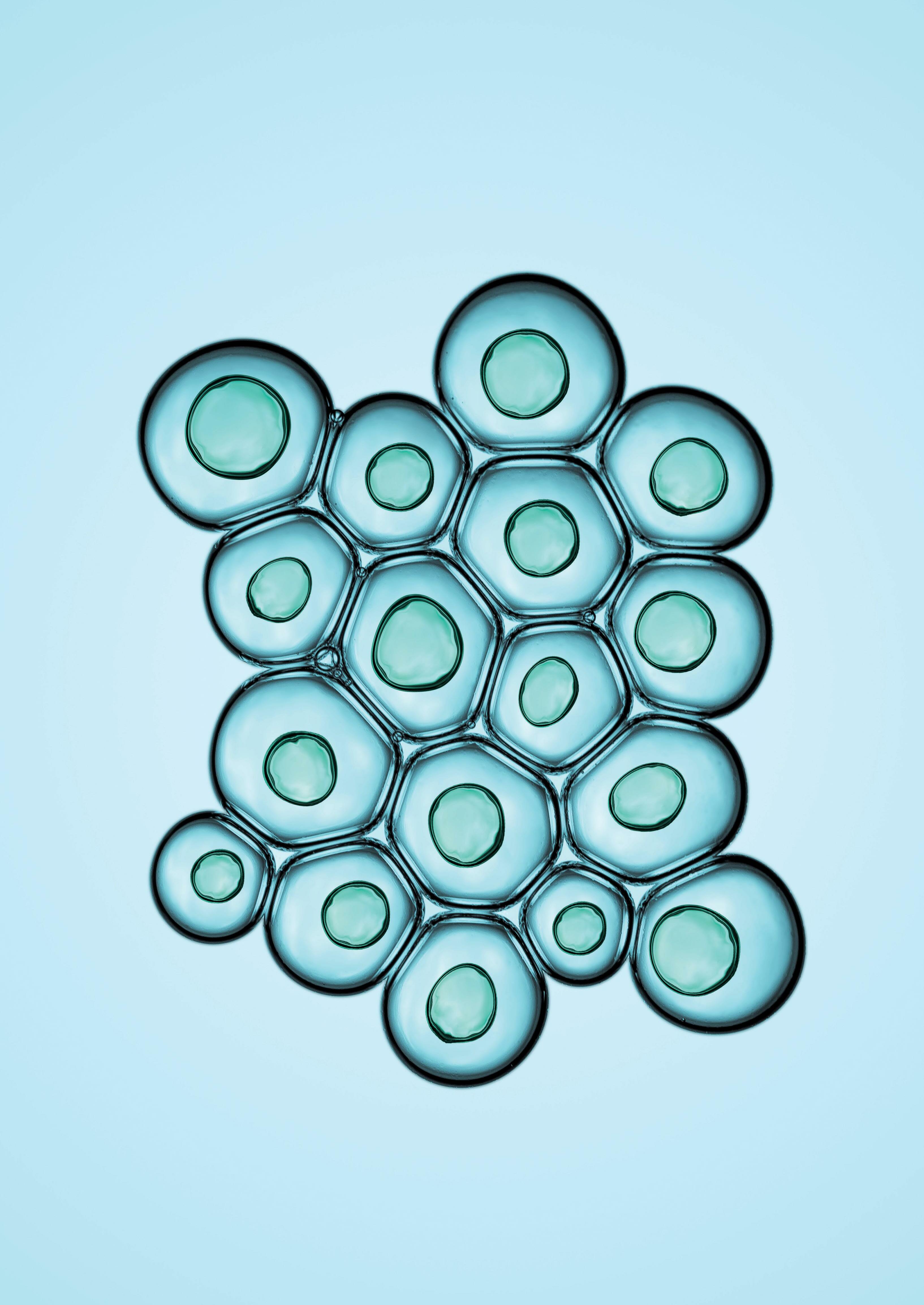
Phase II enzymatic reactions give continuity to the first phase, ensuring the final liver conversion of the reactive intermediary metabolites into water-soluble compounds that can be eliminated from the body in the urine and stool. Nutrients required to support phase II detoxification include B-vitamins, minerals like selenium, zinc, molybdenum, and proteins rich in glycine, cysteine, methionine, taurine, and glutamine. Glucosinolates found in cruciferous vegetables such as broccoli, Brussels sprouts, cabbage, and cauli flower enhance phase II enzymes activity.

• DETOXIFY THE BODY AND ELIMINATE TOXINS, BY SUPPORTING HEALTHY MICROBIOTA AND BY STIMULATING DETOXIFICATION PATHWAYS
• PURIFY YOUR ORGANISM
• INCREASE ENERGY AND VITALITY
• REDUCE TOXIC BURDEN AND INFLAMMATION
• IMPROVE METABOLISM, STRENGTHEN YOUR ORGANS AND THEIR FUNCTIONS
Clinique La Prairie is offering an advanced and highly personalized detox program with a personalized and anti-inflammatory nutritional approach in a few steps :
An elimination diet is a process that requires the exclusion of certain foods from the diet such as alcohol, caffeine, sugar, animal ingredients, etc for a defined period to reduce body exposure to chemicals/ contaminants. Chemicals that are harmful to the human body undergo a process of biotransformation and excretion and this process requires full liver cell activity to perform this reaction.
For endogenous excretion physiology to operate effectively, proper nutrient status required for
detoxification biochemistry is essential. Deficiency of nutrient compounds involved in the detoxification process may impair normal elimination and result in toxicant bioaccumulation. Diets rich in bioactive food components (e.g. polyphenols and micronutrients) are associated with reduced risk of inflammatory diseases and can attenuate the negative health effects of pollutant exposure.
Our digestive system plays a fundamental role in orchestrating the full process of assimilation from nutrient absorption, chemical biotransformation and residual elimination. Poor microbiota, sleep deprivation, stress exposure and medication can promote a proinflammatory gut status. A rest and reset strategy based on a liquid diet built with a mixture of vegetables, fruits and spices allows a gentle inner cleansing. The
antioxidant and anti-inflammatory effects of the plant compounds decrease the inflammation and promotes restorative processes. The presence of micronutrients such as minerals and water-soluble vitamins nourish cells and tissues to promote protection and optimal enzymatic activity.
Our detox program is designed for one month intervention and the next 3 weeks after your stay will be essential to maximize the benefits and the restoration process of the body. Through high-quality protein, complex carbohydrates, fiber, and essential fats, the body gets what it needs to support muscle and organ function and to help prevent depleted energy resources during detoxification efforts. But that is just the beginning. Additional targeted nutritional support can specifically address the detoxification process and serve to protect
the function of the main organs involved in this process: the liver, the kidneys, and the intestinal tract.
CLP nutritional strategies are tailored to maximize the therapeutic action of nutrients in all phases of detoxification and are intended to be a long-term, personalized plan to balance detoxification pathways.
Mindful eating provides awareness around the table as well as making us attentive about what we eat. This approach aims to transform our relationship with food by focusing on the how and why of eating, encouraging a more holistic point of view. Ultimately, mindful eating is a journey where healthy food, pleasure and appreciation come together in every meal.
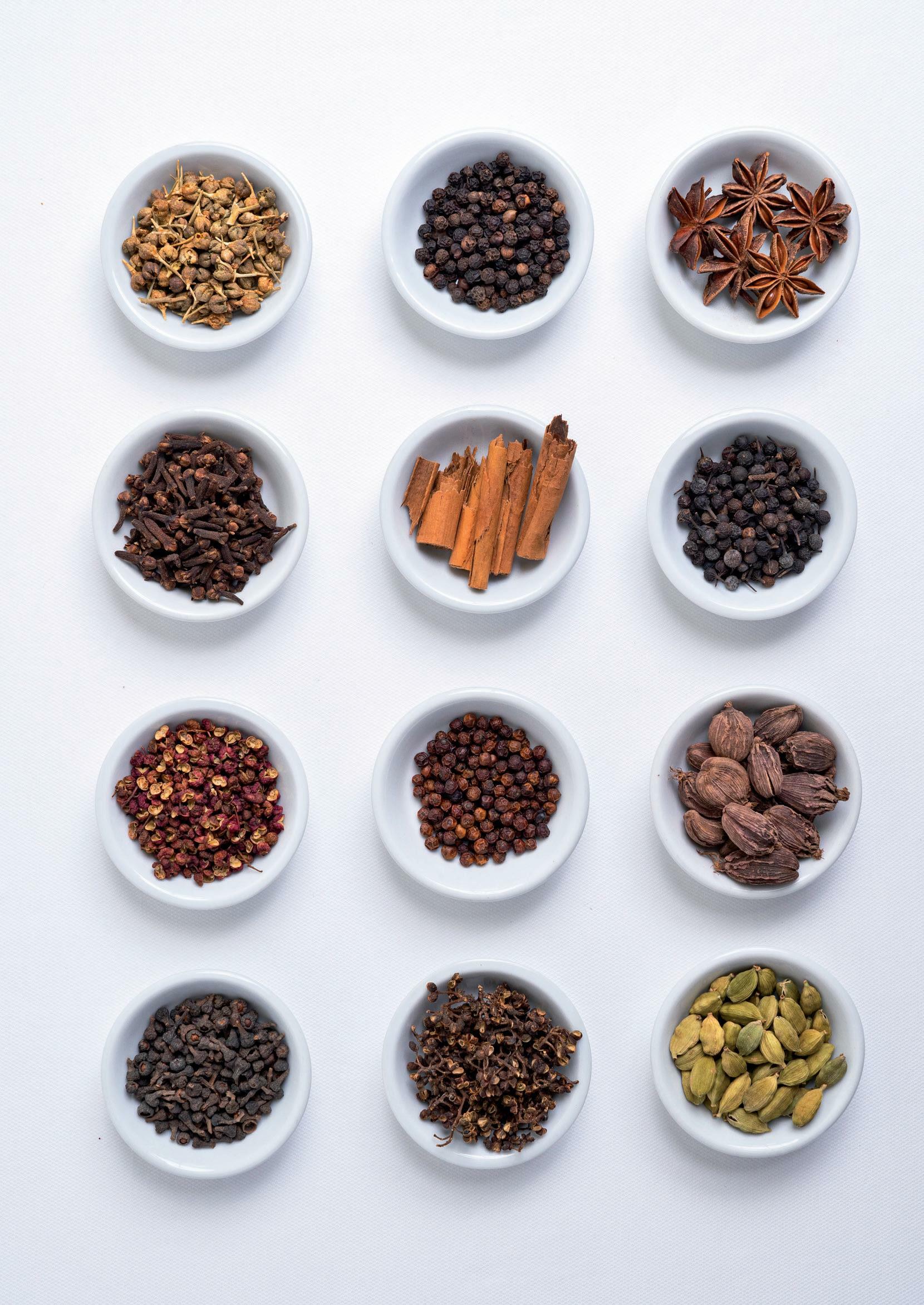

To rest the digestive system l Antioxidant Anti-inflammatory Alkalinizing effect
Support the metabolism l
Plant based proteins Complex carbohydrates l High fiber foods Phytonutri tent-dense foods l
Introduction on the 5th day
High quality animal proteins for liver detoxification
Daily moderate quantity
In alternation with plant proteins
Special Swiss plants selection | Liver and kidneys support | Served daily
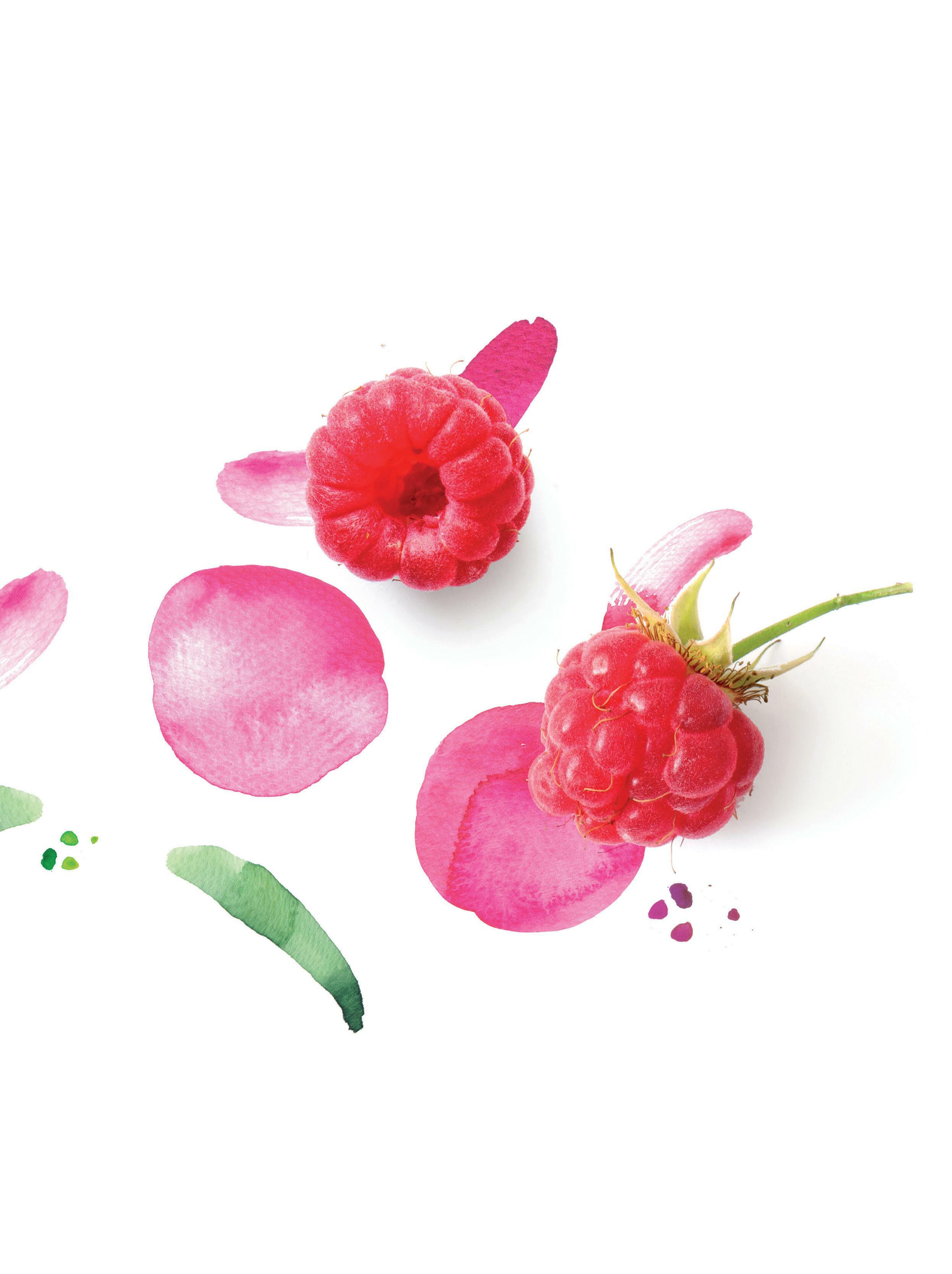
A balanced food plan must ensure that biotransformation and elmination of residuals are effective and safe, and sequenced appropriately.
FOODS NO YES OTHER
WHITE LEAN MEAT
Chicken and turkey only
FISH AND SHELLFISH
EGGS
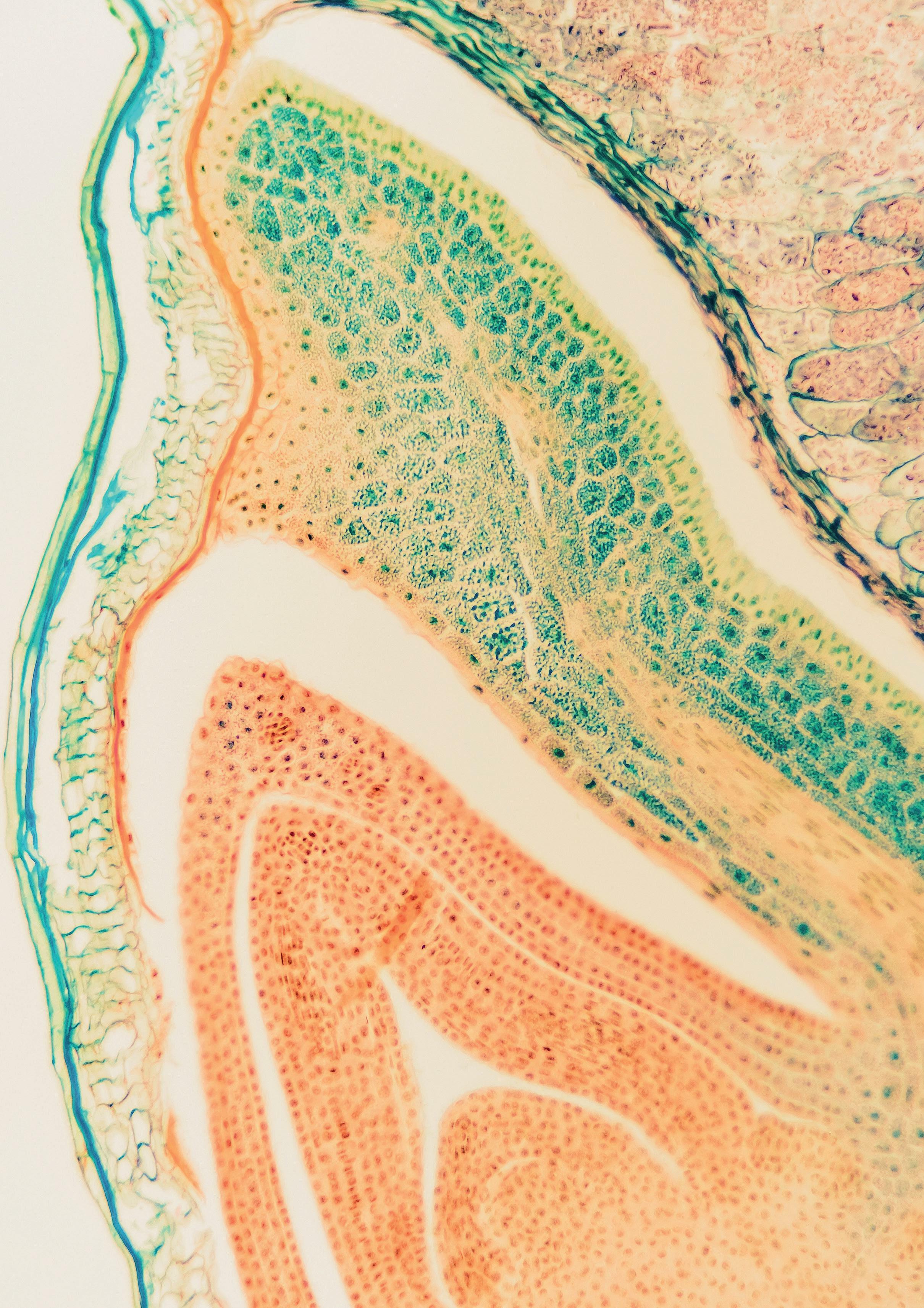
PLANT
VEGETABLES
FATS
Only plant sources
FRUITS
SPECIAL
DETOX
OTHER
Not in first 5 days in CLP
Not in first 4 days in CLP
Not in first 4 days in CLP
Vegan meals for the first 4 days in CLP
Everyday in main dishes, and in detox juice served at lunch
No butter, no cream
Better: nut butter, plant oils rich in omega-3
Moderate portion at meal (max 3 per day)
4x/day: Served at breakfast, mid morning, at lunch and at afternoon teatime
Caffeine free
HERBS
Everyday in main dishes, and in detox
served
The power of greens rich in glucosinolates and chlorophyll to support your liver enzymatic capacity and toxin elimination. This juice also contains spirulina, a blue green algae known for its potential to bind heavy metals and other toxins. Source of vit.B12, provitamin A and iron, spirulina acts on metabolism and detoxification.

The benefits of yellow colored ingredients combined with the protective benefits of turmeric. Turmeric is a spice (Curcuma longa) of the Ginger family rich in curcumin, the main natural polyphenol. Curcumin is an incredible antioxidant and anti-inflammatory compound that acts at the cellular level. Turmeric is also known to bind mercury and reduce its toxicity.
Moringa Oleifera is a cruciferous plant rich in betacarotene, vit.C, vit.E and polyphenols. Its bioactive compounds provide multiple functions including anti-inflammatory, detoxifying, neuroprotective and hypoglycemic effects.
Never underestimate the power of anthocyanins found in berries, these red pigmented compounds with unique ability to fight cellular oxidative stress, provide protection against aging processes and cellular damage. This juice also contains açai, an excellent antioxidant berry rich in anthocyanins, velutin and apigenin. Açai is known also for its capacity to reduce cholesterol and act as a neuroprotective agent.
Plants are our best allies to support and enhance the detoxification process. Ingredients like fennel, cucumber, citrus fruits and herbs are unique sources of compounds with health promoting effects, and specially help to support our gut, liver and kidney function.
This rich juice unifies unique ingredients with an important action on liver detoxification. Black radish, fennel and ginger provide antioxidant and antiinflammatory effects, support the liver cells, digestive system and neutralize inflammation.

Plant protein (tofu, soy or beans) or animal protein (fish, seafood, egg, unsweetened dairy products)
IRON
CALCIUM VITAMIN B12
1-2 tbsp fats (preferably unsaturated oils and nuts), including a source of omega-3 like canola, walnut, or flaxseed ENERGY - VITAMIN E
3 portions of vegetables per day

FIBERS
ANTIOXYDANT
VITAMIN C AND BETA-CAROTENE MINERALS
CARBOHYDRATES (bread, pasta, rice, potato, beans, grains like buckwheat, millet, quinoa, etc), preferably WHOLEGRAIN ENERGY- FIBERS - MINERALSB-COMPLEX VITAMINS
WATER 30mL/kg/day
Our detox program is designed for one month intervention and the next 3 weeks after your stay will be essential to maximize the benefits and the restoration process of the body.
No white/brown sugar, no honey, no guava syrup, no stevia
CAFFEINE
ANIMAL FATS
No coffee, no black and green tea, no ginseng, no stimulating /energy drinks
50% main meals should be plant based l Priority: dinner meal l Fiber dense foods l
Special Swiss plants selection l Served 2x daily: morning and afternoon Next 14 days
Choose prebiotic ingredients raw or slightly cooked at least once per day
Choose green leafy vegetables Cruciferous (cabbage family) l Daily in your diet
Enrich your diet with seeds, nuts, whole-grains, legumes, seaweeds, spirulina, chlorella, moringa
WHITE LEAN MEAT
Chicken and turkey only
FISH AND SHELLFISH
2x /week / Recommended at the lunch time meal
2x /week / Recommended at the breakfast or lunch time meal
EGGS 2-4 pieces /week / Recommended at the lunch time meal
PLANT PROTEIN
Everyday / Recommended at the dinner meal
VEGETABLES Everyday in main meals / Per portion : 150g
FATS Only plant sources
Seeds, nuts, avocado. Plant oils rich in omega-3
FRUITS Max 3x /day / Moderate portion at meal times
SPECIAL CLP
DETOX TEA
HERBS AND SPICES
Max 2x / day / Served 2x daily: morning and afternoon
Caffeine free infusions
Everyday / with each meal
Lower cholesterol, rich in vit.E and other antioxidants Throughout history, avocado oil has been renowned for its healing and regenerating properties. The rich color of avocado oil is due to various plant pigments such as substantial amounts of chlorophyll, carotenes, polyphenols and xanthophylls, which act as antioxidants.

biological functions and its ability to aid in reducing disease related risk factors and improving health. Canola oil is characterized by substantial amounts of good quality fats with cardio protective properties: monounsaturated fatty acids (61%), polyunsaturated fatty acids (21%) and 11% a-linolenic acid (w-3 precursor), and tocopherols (precursor of vit.E).
Avocado fruit contains the highest level of plant sterols of any fruit. Plant sterols are known to lower cholesterol absorption in humans. At least 60% of the fatty acids are monounsaturated, and approximately 10% are polyunsaturated, both classified as good quality fats.
Rich in monounsaturated fat, w-3 and vit.E. Cardio protective. Canola oil can now be regarded as one of the healthiest edible vegetable oils in terms of its
Rich source of w-3, rich in antioxidant and vit.E. Flaxseed is one of the oldest crops, having been cultivated since the beginning of civilization. Of all lipids in flaxseed oil, a-linolenic acid is the major fatty acid. Flaxseed oil provides an excellent w6:w3 fatty acid ratio of approximately 1:3. Flaxseed oil is naturally high in antioxidants like tocopherols and betacarotene with interesting antioxidant properties.
Rich in vit.E, w-6 fatty acids. Anti-inflammatory and antioxidant.
Nigella sativa L., also known as black cumin, is a plant grown in Mediterranean countries, south and southwest Asia, and is known for its content of bioactive compounds as tocopherols (precursors of vit.E), vit.A and b-carotene.
The seeds are rich in unsaturated fatty acids, mainly w-6 (50-60%) and oleic acid (20%). The oil obtained from the nigella seeds shows anti-inflammatory, and antioxidant activities.
all edible plants. Besides having a favorable fatty acid profile, walnut oil is a rich source of phytochemicals, antioxidants and also L-arginine, the amino acid precursor of the endogenous vasodilator nitric oxide.
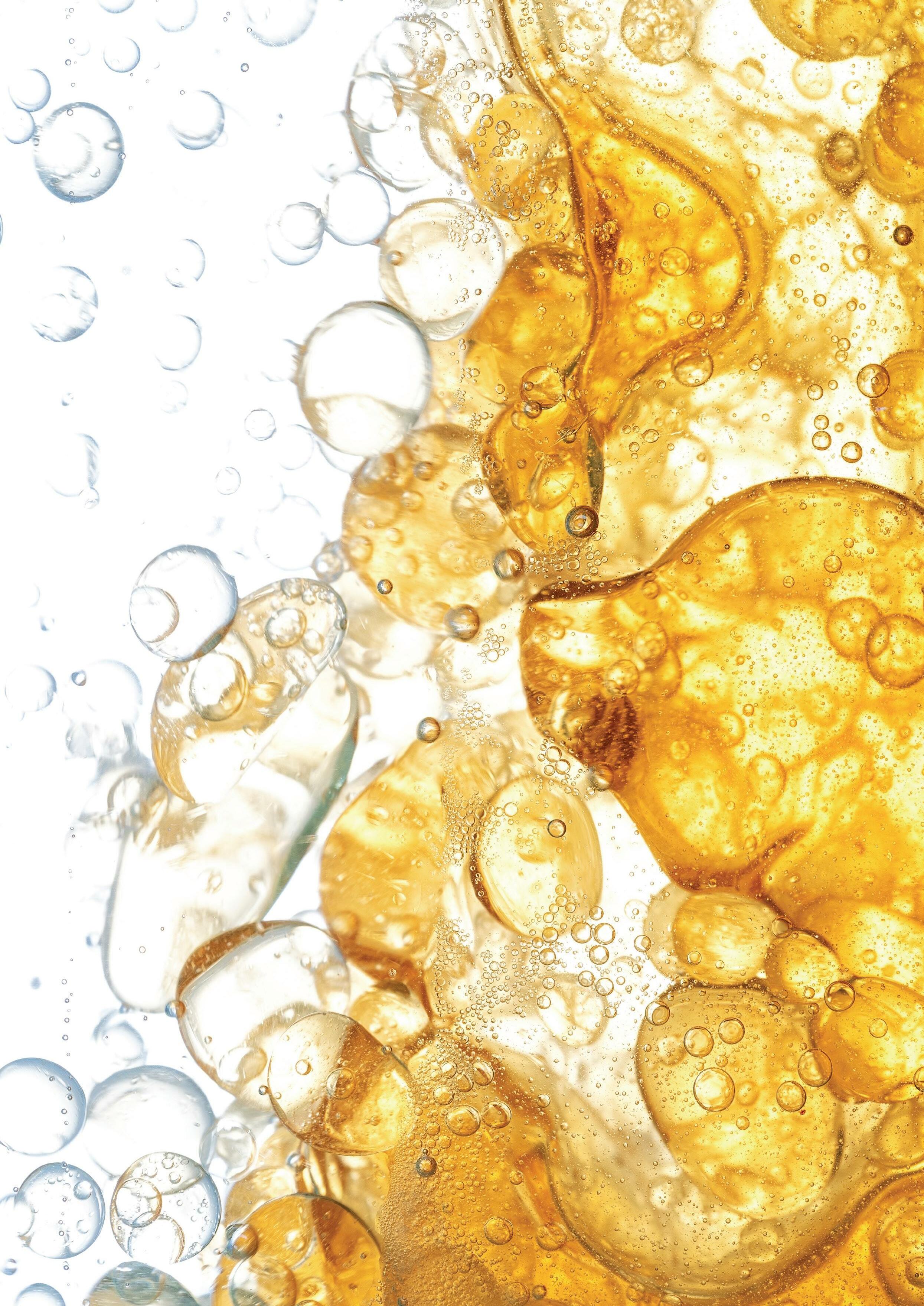
Highest content in w-3. Cardio protective properties. Walnut is composed largely of polyunsaturated fatty acids, which gives it additional cardio protective properties. It should be underlined that walnut is the whole food with the highest content of a-linolenic acid (w-3 precursor) of
Lower cholesterol. Empower detoxification. Sesame seed is a reservoir of nutritional components with numerous beneficial effects. Sesame seed contains 50-60% polyunsaturated fatty acids and natural antioxidants: sesamin, sesamolin, sesamol and tocopherol. b-sitosterol is the predominant phytosterol in sesame oil, while sesame seeds have been reported to contain the highest phytosterol content (phytosterols are known to lower cholesterol absorption in humans). Additionally, sesame seed oil shows high affinity to bind lead in our body tissues, which makes this oil a strategic choice in case of lead toxicity.

Prebiotics are non-digestible food ingredients that stimulate the growth of bifidogenic and lactic acid bacteria in the gastro-intestinal tract. Typically, the prebiotics consist of dietary fibers and oligosaccharides.
Prebiotics are being implicated in gut health maintenance, colitis prevention, cancer inhibition, immunopotentiation, cholesterol removal, reduction of cardiovascular disease, prevention of obesity and constipation, bacteriocin production.
JERUSALEM ARTICHOKES
DANDELION GREENS
LEEKS
JICAMA
BANANA
CHICORY ROOTS
GARLIC
ONIONS
ASPARAGUS
BLUEBERRIES
BUCKWHEAT
DRAGON FRUIT (BOTH WHITE AND RED)

SEAWEEDS AND MICROALGAE (SPIRULINA, CHLORELLA, KLAM ATH SOURCES)
BERGAMOT PEEL MUSHROOM PLEUROTUS
FLAX SEEDS
FENUGREEK SEEDS
OATS
KONJAC ROOT (E.G. KONJAC NOODLES)
ALUMINUM - PERFLUOROOCTANOIC ACID (PFOA) - POLYTETRAFLUORETHYLENE (PTFE) - COPPER - SILICONE
Based on research, the safest cookware is that made of : CERAMIC AND GLASS - CAST IRON - STAINLESS STEEL, especially higher qualities without contaminated glazing.

Maximize detox compounds in cabbages by keeping them out of the fridge and in the cycling of day-night rhythm. Buy your fresh ingredients in small quantities avoiding the loss of important nutrients by storing them in your fridge for days.
Use non-abrasive sponges to clean any metal or nonstick cookware to avoid damaging it and releasing the chemicals in flakes.
Line bakeware with unbleached parchment paper—avoid using aluminum foil for this. Start with the pot or pan you use the most.
Use low-temperature and moist methods of cooking instead of dry heat methods to decrease the loss of vitamins and avoid the formation of inflammatory compounds. Control the temperature and the time of cooking. Minimize heat, water, and time to maximize the level of essential nutrients.
Avoid plastic and aluminum recipients to store your food and replace with more stable materials like glass containers.
Chewing increases the production of saliva. Saliva, through the presence of an enzyme (lysozyme), participates in the bacteriological balance of the oral microbiota, guaranteeing a good breath. Saliva’s flow generated by chewing solid foods also allows a physiological teeth cleaning: rich in minerals (calcium, phosphate, fluoride), saliva neutralizes acid attacks and participates in the remineralization of enamel.
Digestion begins in the mouth where a salivary enzyme, amylase, initiates chemical digestion of carbohydrates. The smaller the pieces are, that is to say well chewed, the more the surface in contact with the salivary enzymes is multiplied, the less the food stays in the stomach. Result: a smaller amount of gastric juices is produced to reduce the size of the food ingested and the risk of heartburn and acid reflux is limited.
Chewing well encourages eating slower, which prevents swallowing air and suffering from bothersome gas. However, chewing has less impact on the bloating events that appear away from the meals, which are part of the irritable bowel syndrome. Finally, it participates in a good transit : the fibers are better grounded, stool expulsion is facilitated.
Saliva is also a flavor enhancer that promotes the emergence of flavors. In addition, when chewing, the elements released stimulate the taste receptors located in the mouth. The brain perceives this information and, in return, warns the digestive tract that it is going to receive food, so that it optimizes its assimilation. Finally, if we chew our food well, digestive juices reduce them better into smaller molecules, which facilitates their passage through the wall of the small intestine to reach the bloodstream and nourish our cells.
When you chew well, you swallow slower and all the taste, sensory and nutritional information is better perceived in the upper spheres of the brain. Result: the brain receives better the signal “I have my dose of energy“. And it delivers a satiety message after about 20 minutes. This message is nothing more than an adjustment of the food intake to the real needs of the organism. When, on the contrary, we “gobble” our food, the brain is bypassed in favor of the stomach. We risk ending the meal with a feeling of “too full“, a sign that we have eaten too much.

